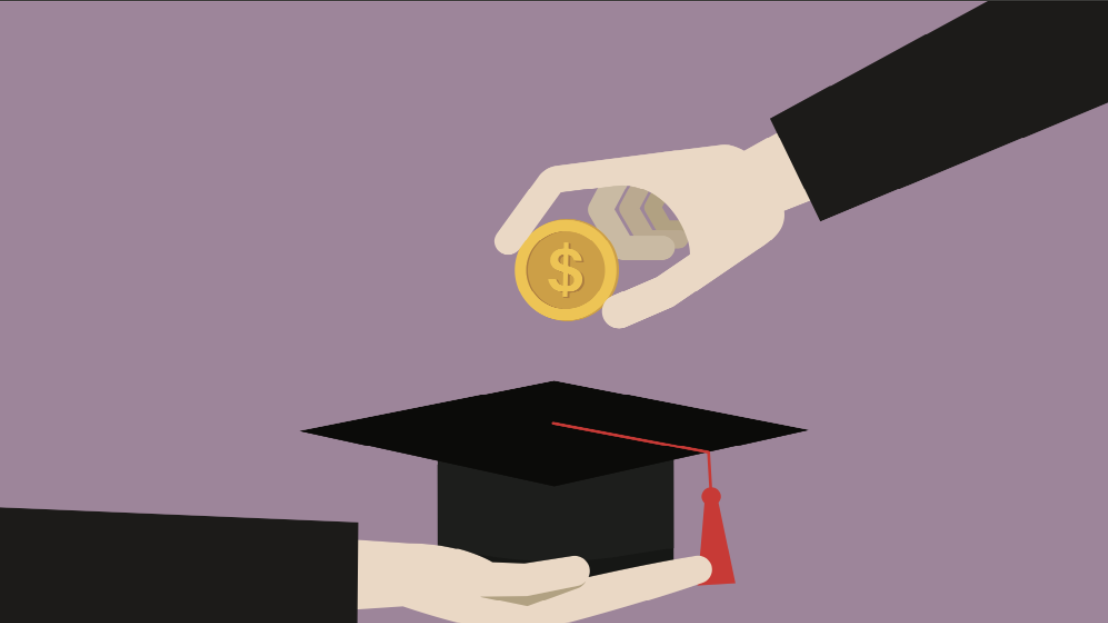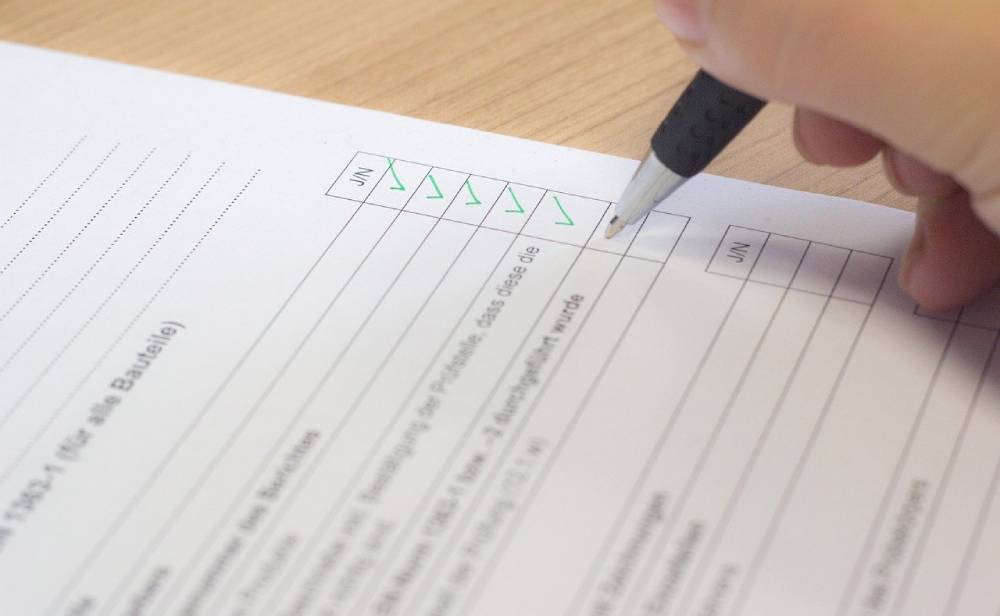How Much Should You Borrow in Student Loans?
Many students borrow a lot of money and regret it in the future. However, many people refuse to borrow money for school, and as a result, they never enter or finish college. It has been shown that people with bachelor’s and advanced degrees earn more money during their working life than non-college graduates.
Therefore, many financial experts agree that those who are interested in enrolling in college but are unable to pay for it themselves or receive financial support from their parents, should borrow a reasonable amount. It is generally recommended to borrow more than $ 5,000 per year. Similarly, it is recommended that students get part-time jobs to reduce the amount of borrowing. Most college students graduate with a student loan of just over $ 20,000. Many financial experts believe that this debt burden is not too difficult for most graduates to handle.
However, part-time jobs, student loans, and many students living modest lives often require more money to pay for college. The question then becomes, what is the reasonable amount of debt in these circumstances?

Review non-loan options.
Funding for the school can come from three main sources: free money, such as scholarships and grants, money earned, work study or another job, and money borrowed. Accepting free money first, then the money earned, and finally borrowing makes sense financially.
Before deciding how much you should contribute to student loans, first try to save free money that you do not need to repay later, including federal grants and scholarships. Any money you don’t have to repay can reduce the amount you have to take out student loans.
For example, apply for Pell Grants, federal grants that are given to undergraduate students who are in financial need and who have not yet earned a bachelor’s, graduate, or professional degree. Also, unlike loans, you do not have to repay the Pell Grant.
Even if you are not sure if you will be eligible for a federal grant, you should apply because it starts the process of applying for other financial assistance, including loans. You can submit a free application for the Federal Student Aid (FAFSA) form to apply for a Pell Grant, Work Study, or Loan.
If you are not eligible for a Pell Grant, get help paying for the school through other grants or scholarships. Like peel grants, scholarships are gifts that you do not have to return. Schools, private firms, nonprofits, and other organizations offer them some on merit and some on income or other criteria. Scholarships can range from a few hundred dollars to the full cost of your tuition, so it’s worth applying to reduce your debt burden.
Determine how much you can earn.

Coming second in terms of getting free money, the best way to reduce the debt you should take on student loans is to work. You can choose to work in the summer or during one of your other school breaks, or you can study for work during the school year, is a federal student aid program that allows you to earn a part-time income while attending school.
Although you may not be able to cover all of your expenses, you can potentially reduce the amount you need to cover your living expenses and possibly your tuition.
Set your budget.
The general guideline to follow is to borrow only as much as you need. You can refer to the estimated cost of the university, but many students can live on very little money. Budgeting is more accurate, it is a spending plan that estimates your actual expenses and financial aid or income as a student.
Start by including your estimated monthly tuition costs, including:
- Tuition
- Books
- Transportation
- Rent
- Utilities
- Entertainment or dining expenses
When estimating the above costs, the specific school element and its pricing, the cost of living in the school location, the expected date of your graduation, and the date of graduation you need to borrow in the future.
Then, to cover these expenses, deposit a monthly equivalent of any amount you have already saved, including:
- Grants
- Scholarships
- Wages from work
- Personal savings
Decrease the number from first to second to determine how much you need to borrow on a monthly basis. Your college budget will go a long way in determining how much you need to bring in financial aid or income versus how much you need to borrow in school loans.
How Much Money Does a Student Loan Have?
Multiply the monthly income from the previous step by the number of months you intend to stay in school to determine the basis for how much of your total contribution to student loans should.
You don’t want to get too close to it, or you can easily cut down on the cost of education. But you don’t want to waste too much, because it requires more borrowing.
Future income factor
You do not have to accept all the money you are entitled to. Nor should you, if you expect your future income to be insufficient to pay this amount.
It’s a good idea to research the initial salaries of recent graduates in your field using resources at your school’s career center. This will give you an idea of how much you can expect to earn after graduation. Consider adjusting this amount to make sure you can easily repay the loan with your future income.
Decide on the type of loan.
What you borrow is just as important as how much you borrow. In fact, the type of loan can affect the amount of the loan. In general, it is better to go on a private loan with a federal loan. Federal loans, which include direct subsidized loans, direct non-subsidized loans, and direct plus loans for graduate and professional students, offer several benefits over private loans, including:
Fixed interest rates: These rates are usually lower than private loan rates.
Beneficial Payment Terms: This may include income-based payment plans.
Ability to defer payments: You generally do not need to start paying off federal debts until you graduate, drop out of school, or fall short of full-time status. In contrast, you often have to pay off personal debt while you are still in school.
No Credit Check: Federal loans generally do not require a credit check to qualify, whereas private loans can apply for a credit check.
Debt Forgiveness: You may be able to get your Federal Student Loan forgiven after a period of time, which is not the advantage of most private loan offers.
Subsidy Eligibility: Financially needy lenders may be eligible for subsidized loans, this is a loan for which the government pays interest charges when you enroll at least halfway through. In contrast, private loans are usually non-subsidized, so you will not usually be helped to pay interest while in school. Generally, you should take out subsidized loans first and then, if necessary, non-subsidized loans.
Ease of Application: When you are ready to apply for a federal loan, you can use the same FAFSA application that you used for the Pell Grant. You will need to apply for private student loans through your financial aid office or directly from the lender.
In general, federal student loans are enough to meet your needs for state tuition. If you opt for a federal loan, the amount you can borrow is limited by the specific type of loan you intend to borrow. Undergraduates can borrow up to a maximum of $500 5,500 to $ 12,500 per year in direct subsidized loans or direct non-subsidized loans depending on your current school year and dependency status. If, however, you are a graduate or professional student, you can take out a direct non-subsidized loan of up to $20,500. You can use Direct Plus Loan for other expenses which are not included in the financial aid.
If you are attending a private school or attending a medical school, you may need a private loan in addition to or in exchange for a federal loan. Be careful with the amount you borrow from private lenders due to high interest rates.






